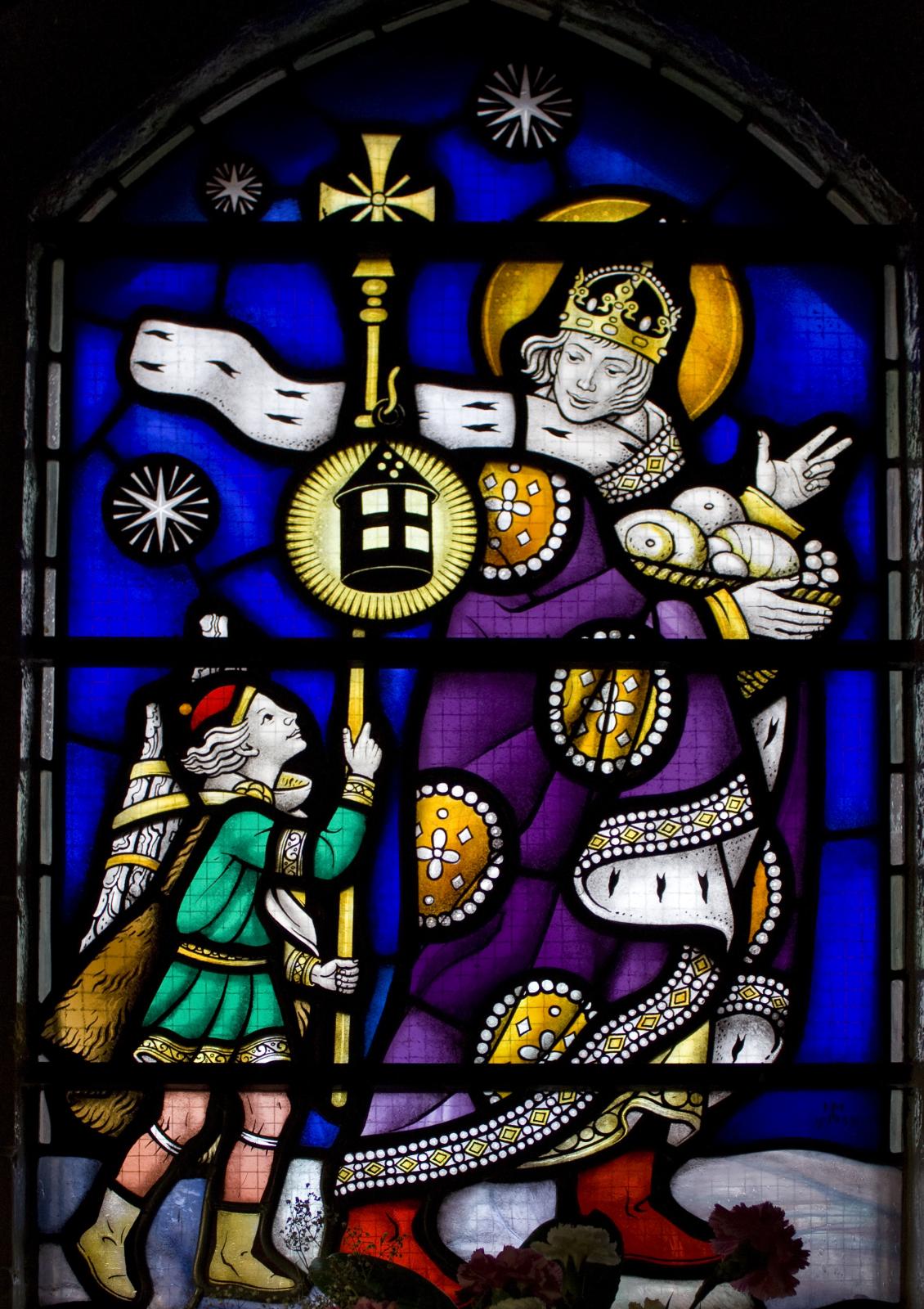By Prof. Msgr. Vladmir Felzmann
Wenceslaus, Vaclav, in Czech, is one of my names. As my mother had two brothers, Vladimir and Jan, and the priest who christened me (executed by the Nazis in Auschwitz) was Antonin Dohalsky and to underline that though under German control since 15th March 1939 our family was Czech, even though my father had been baptised in 1909 Adolf (an innocent name at that time). I was christened Vladimir Jan Antonin Vaclav (the Patron saint of Czechoslovakia) on 20th May 1939.
Wenceslaus was the son of Vratislaus I, Duke of Bohemia from the Přemyslid dynasty. His grandfather, Bořivoj I of Bohemia, and grandmother, Ludmila, had been converted by Cyril and Methodius to Byzantine Christianity in a still unified Christendom, before the Great Schism. His mother, Drahomíra, was the daughter of a chief of the Havelli, but was baptised at the time of her marriage. His paternal grandmother, Ludmila of Bohemia, saw to it that he was educated in the Old Church Slavonic liturgical language and, at an early age, Wenceslaus was sent to the college at Budeč.
In 921, when Wenceslaus was about 13, his father died and his grandmother became regent. Jealous of the influence Ludmila wielded over Wenceslaus, Drahomíra arranged to have her killed. Ludmila was at Tetín Castle near Beroun when assassins murdered her on 15 September 921. She is said to have been strangled by them with her veil. She was at first buried in the church of St. Michael at Tetín, but her remains were later removed, probably by Wenceslaus, to the church of St. George in Prague, which had been built by his father.
Drahomíra then assumed the role of regent and immediately initiated measures against Christians. When Wenceslaus was 18, those Christian nobles who remained rebelled against Drahomira. The uprising was successful, and Drahomira was sent into exile to Budeč. With the support of the nobles, Wenceslaus took control of the government.
However, in September 935, a group of nobles allied with Wenceslaus's younger brother Boleslav plotted to kill him. After Boleslav invited Wenceslaus to a celebration of the feast of Saints Cosmas and Damian in Stará Boleslav, three of Boleslav's companions (Tira, Česta, and Hněvsa) fell on the duke and stabbed him to death. As the duke fell, his charming brother Boleslav ran him through with a lance.
His martyrdom and the popularity of several biographies gave rise to a reputation for heroic virtue that resulted in his sainthood. He was posthumously declared to be a king and patron saint of Čekia, the Czech Republic.
He is the subject of the well-known ‘Good King Wenceslas’, a carol for Saint Stephen's Day.
In 1853, English hymnwriter John Mason Neale wrote the lyrics in collaboration with his music editor Thomas Helmore to fit the melody of the 13th-century spring carol ‘Tempus adest floridum’ (‘Eastertime Is Come’), which they had found in the 1582 Finnish song collection Piae Cantiones.
The carol ends with:
Heat was in the very sod
Which the Saint had printed
Therefore, Christian men, be sure
Wealth or rank possessing
Ye, who now will bless the poor
Shall yourselves find blessing.
After all, Jesus pronounced the words that underpin my ministry, ‘What you do to the lest of mine, you do unto me.’ (Mt 25,40)
Wenceslaus's feast day is celebrated on September 28 with street parties and a pilgrimage in the city of Stará Boleslav, some 18 miles north east of Prague.
